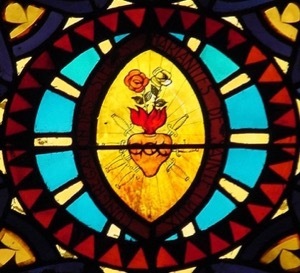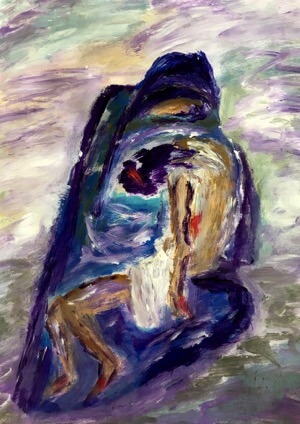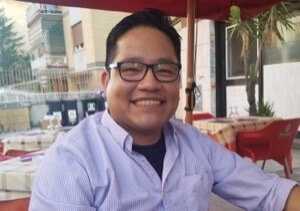
Our Lady of Sorrows, patroness of the Congregation of Holy Cross, accompanies us and encourages us in picking up our daily cross. Already the primitive Christian community saw in suffering a concrete way of following Christ (1 Peter 2:21-23).
Mary herself had to pass through these realities, and in a sense, we can say that Mary is a model of all Christians in her love for Christ, but especially in her faithfulness to the end. She suffers the passion together with her son, a passion that already began from the very beginning of the incarnation of the Son of God.
Read other reflections by Holy Cross religious
In our ordinary lives, everyone naturally awaits to congratulate those who are parents for the first time; in the case of Mary, although many were glad for the birth of the savior, Simeon had to communicate the most difficult part of that birth (Lk. 2, 22-35). Like the Holy Family, many parents experience this happiness and together with the pain of knowing that their child was born with some health risk. With Mary they feel the pain in their hearts, of a future that will be accompanied by suffering for their children.
Later on, Mary has to leave her country to go to Egypt to save her son (Matthew 2:13-15). Many parents in our time have to experience the suffering of migration. Like Mary, they experience the pain of leaving their homeland, of putting their own children at risk, and unfortunately, in some cases, of losing them on their pilgrimage. Losing a child is never an easy pain to overcome, and in the migratory pilgrimage, many mothers have lost their children, and some have lost them forever. Mary has lost her son and that has caused her great pain; she has lost him in the temple (Luke 2:41-50).

On the cross, she finds him and suffers along with him without being able to do anything to avoid his ordeal, except to maintain hope in the resurrection and the victory over suffering and death. There is no greater pain than seeing a child suffer, and it is also part of the experience of so many families who feel the pain of a child who is lost and suffers. Mary faces the pain of seeing her son die, of losing him a second time, and this time it seems to be forever (John 19:17-30).
At present, many families have had to face this reality because of violence. There are young people killed simply by the banality of evil in which no valid or certain motivations are found. Among so many missing and clandestine graves, even the opportunity of a funeral is taken from some parents. For these families touched by violence, their children are good and do not deserve to die that way having lost even their good reputation. Likewise, Maria receives her dead son—who has died both in his body and in his good reputation—dead among thieves and as the worst criminal. That must also have hurt Mary, the bad reputation of her son, who really only sought to do good.
Finally, Mary surrenders her son into the hands of death. She delivers him to the grave (John 19:38-42), and lets go of him, in a separation in which there is nothing certain in this world, but only that certainty that comes from faith. And for many parents, all that is left for them, together with Our Lady of Sorrows, is the certainty that evil does not have the last word, that suffering is a concrete way to follow Christ. All the while, Mary accompanies us and encourages us in picking up our daily cross, allowing us to find in her and in her sorrows the hope of our faith.

This reflection for the Feast of Our Lady of Sorrows, the Patroness of the Congregation of Holy Cross was written by Fr. Carlos Augusto Jacobo de los Santos, C.S.C. A member of the Holy Cross Community in Mexico, Fr. Carlos graduated earlier this year from the Pontifical Gregorian University in Rome, Italy, with a licentiate in Fundamental Theology. He has returned to Monterrey, Mexico, where he is serving in the Congregation's parish, teaching theology classes, and working in formation.